Axminster Rider Bench Planes

The complete Rider Bench Plane range comprises of a No. 4, 4½, 5, 6 & 7, with a soon to be introduced 5½, however there’s usually been some confusion over exactly what each type can, or should be used for. There’s no ‘hard and fast’ rule that applies; more a set of generalisations where the boundaries can often be quite blurred.

No. 4 - For those new to woodworking, the No. 4 smoother a good place to start. With a 50mm cutter, it’s a useful size and weight for finishing and final smoothing for almost all projects. It’s also a great general purpose plane for the tradesman, hobbyist or keen DIY enthusiast.
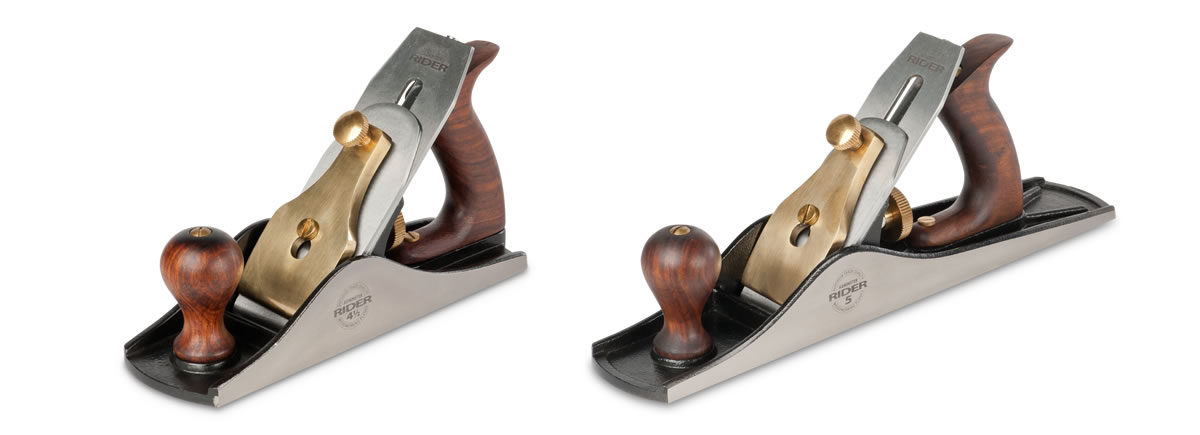
No. 4½ - Similar in size to the No. 4, but with a wider blade and heavier body. This plane has the necessary ‘heft’ to cope with more difficult grain and is often part of a professional, site or enthusiastic hobbyist’s arsenal of tools.
No. 5 - Slightly longer than the No. 4, this plane is usually referred to as a ‘jack plane’ from the phrase ‘jack of all trades’. It will handle almost any task asked of it and is normally the plane of choice when used on rough sawn timber.
No. 5½ - The No. 5½ is often referred to as a ‘heavy jack’, having greater mass together with a wider blade than the No.5. It’s used for much the same purposes as it’s lighter cousin, but has more ‘heft’ or presence on the timber. As such, this size of this plane is often preferred by more advanced woodworkers, students and cabinet makers.
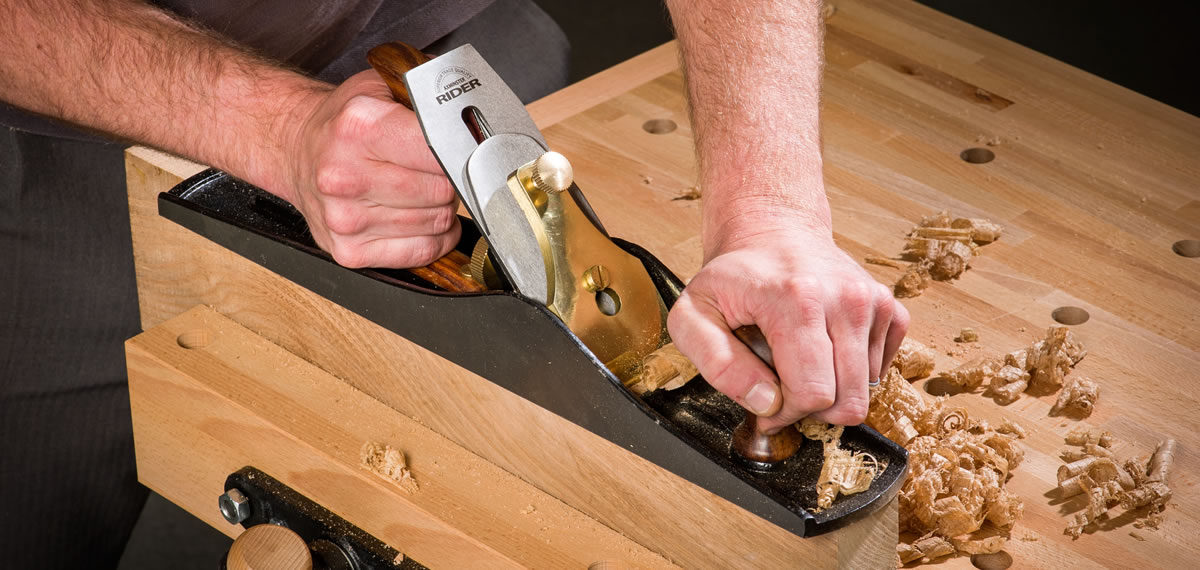
No. 6 - There are two larger bench planes, the first being the No. 6 or ‘fore’ plane. It’s a little longer than the jack and can be used for much the same purposes, but the increased length makes it more suitable for truing the edges of boards.
No. 7 - This is the longest of the Rider bench planes and is traditionally called a ‘jointer’. It’s specifically used for truing the edges of boards prior to jointing, where it’s extra length removes the high spots and straddles the low areas, so that after a few passes, the edges ought to be sufficiently flat for jointing. The plane can also be pressed into service as a ‘super smoother’ where, for example, when cleaning up the face of of a wide, framed, panel or door, the surface needs to be finished as true and flat as possible.



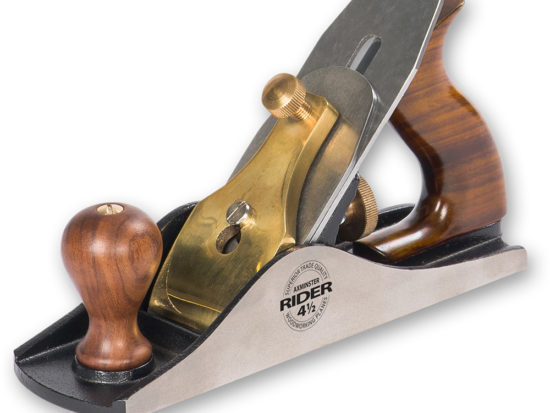

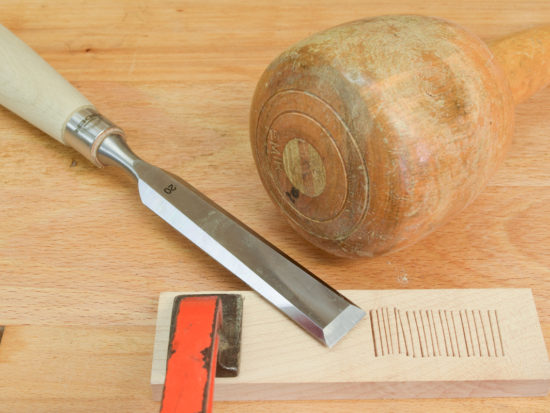
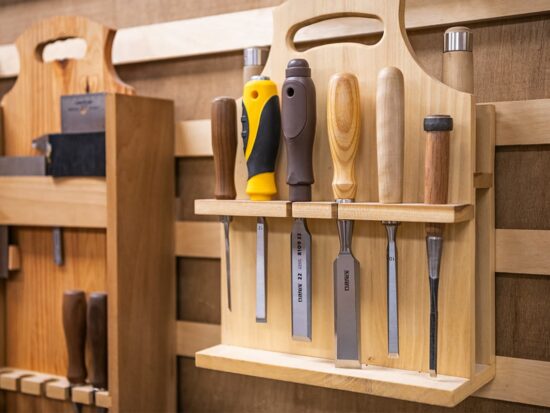
Jack plane 'jack of all trades' is close, but the out-dated term 'jack' refers to the one that does the hard work. For example the Jack mule pulls the plow and removes the tree stumps, compared to the Jenny who nicely pulls the wagons.
The jack plane follows the scrub plane and does the bulk of the flattening work before the smoother removes the jacks edge lines. The Jack can also preliminarily edge the board before the long jointer plane makes it very flat.
So, it's not that the jack can do everything, it's that the jack does the hard work. I'm currently using my jack to flatten a large slab of walnut. It would be difficult to use a #4 to flatten a 2-3' wide board, a smoother can't cut flat over a wide or long board.